Store concept by David Chipperfield Architects for Akris is simply ‘selbstverständlich’
An ethereal new store concept by David Chipperfield Architects for Akris is rolled out from Washington to Tokyo

Fashion, just like architecture, is about more than what meets the eye. Akris creative director Albert Kriemler knows this well: ‘For me, fashion is not just visual; it is about feeling, it is tactile. In the end, we wear clothes on our skin. This is something you need to feel, not just look at. In interiors, as in fashion, it is always about material and fabrics first.’ It was this intangible quality, this sense of elegance but also comfort and ease that Kriemler wanted to replicate in spatial terms when he embarked on the search for the right partner for a new series of concept stores for the century-old Swiss label. He soon found his perfect match in the studio of David Chipperfield.
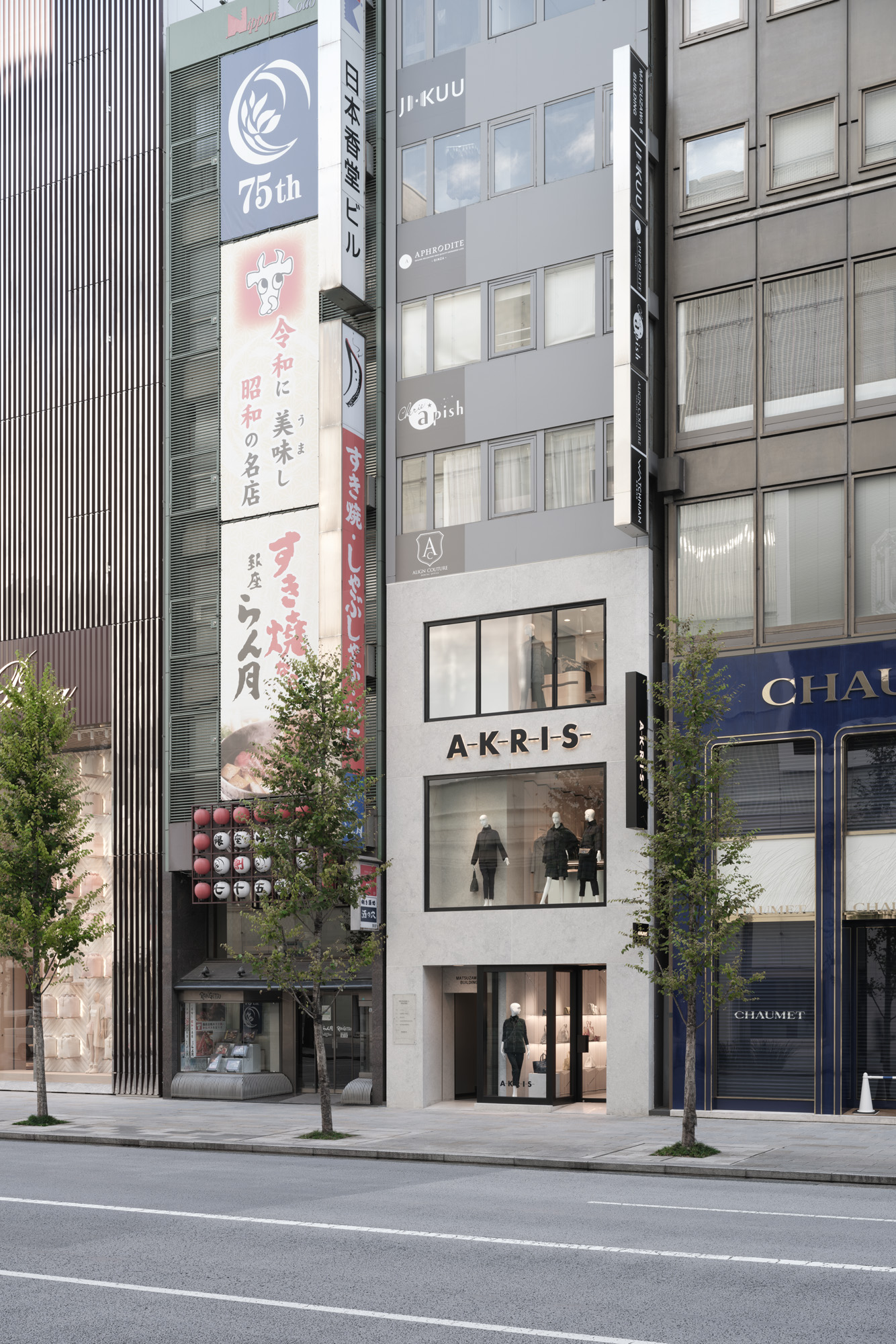
The minimalist store is located in the upmarket shopping district of Ginza
David Chipperfield Architects for Akris
Kriemler and Chipperfield have known each other for more than 20 years, having first met at a party in Zurich through a mutual friend, German architect Christoph Sattler. The British architect’s ‘sensitivity towards context and site specification’, as well as his distinct balance of ‘traditional requirements with a modern, minimalist design approach’, were what attracted the Akris designer to offer him the commission. ‘There is a sense of minimalist beauty and precision, a love of quality and functionalism in this new concept, which I can relate to,’ Kriemler says. ‘He is very experienced in dealing with existing structures, and that is what we need. When we look into new locations for our boutiques, we have to make compromises, because we do not build a house from scratch. David can reconsider old complex situations with the utmost respect – that is what I admire.’
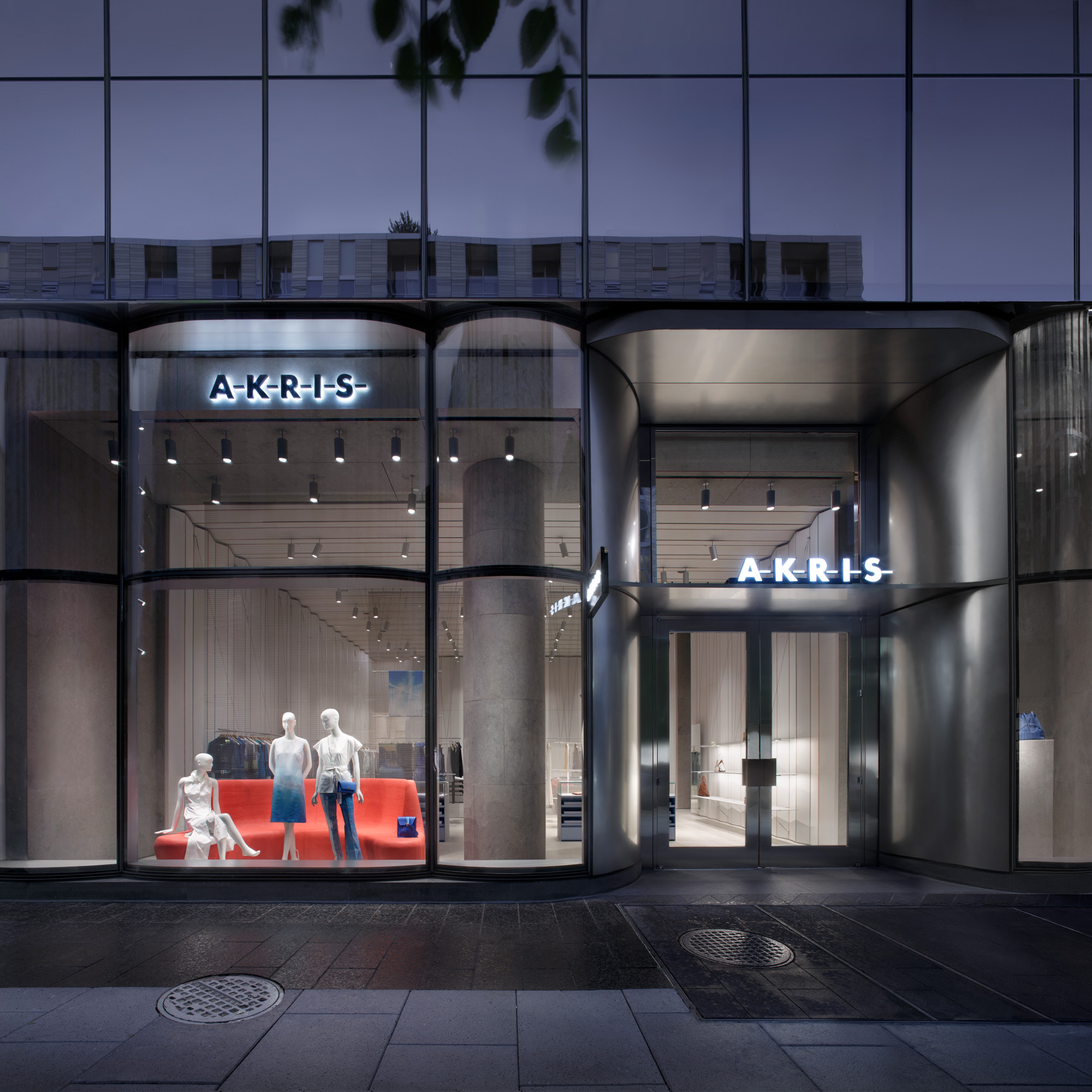
The new Akris store in Washington DC features a curved glass façade
Chipperfield, who famously kick-started his London practice by designing a series of stores for the likes of Issey Miyake, Kenzo and Equipment, is an experienced hand in the fashion world. Now the celebrated architect has additional offices in Berlin, Shanghai, Santiago de Compostela and Milan. The latter is helmed by Giuseppe Zampieri, the practice partner who also heads up the Akris project. ‘We immediately found common ground with Peter [Kriemler, president of Akris] and Albert Kriemler in our discussions about how to best represent Akris values,’ Zampieri says. ‘Materiality and craftsmanship with an international vision are the pillars of this Swiss brand. It was important to translate “Swissness” into something conceptual while avoiding cliché – an expression of heritage, precision and accuracy, celebrating the brand’s roots in Saint Gallen, one of the world’s leading textile centres.’
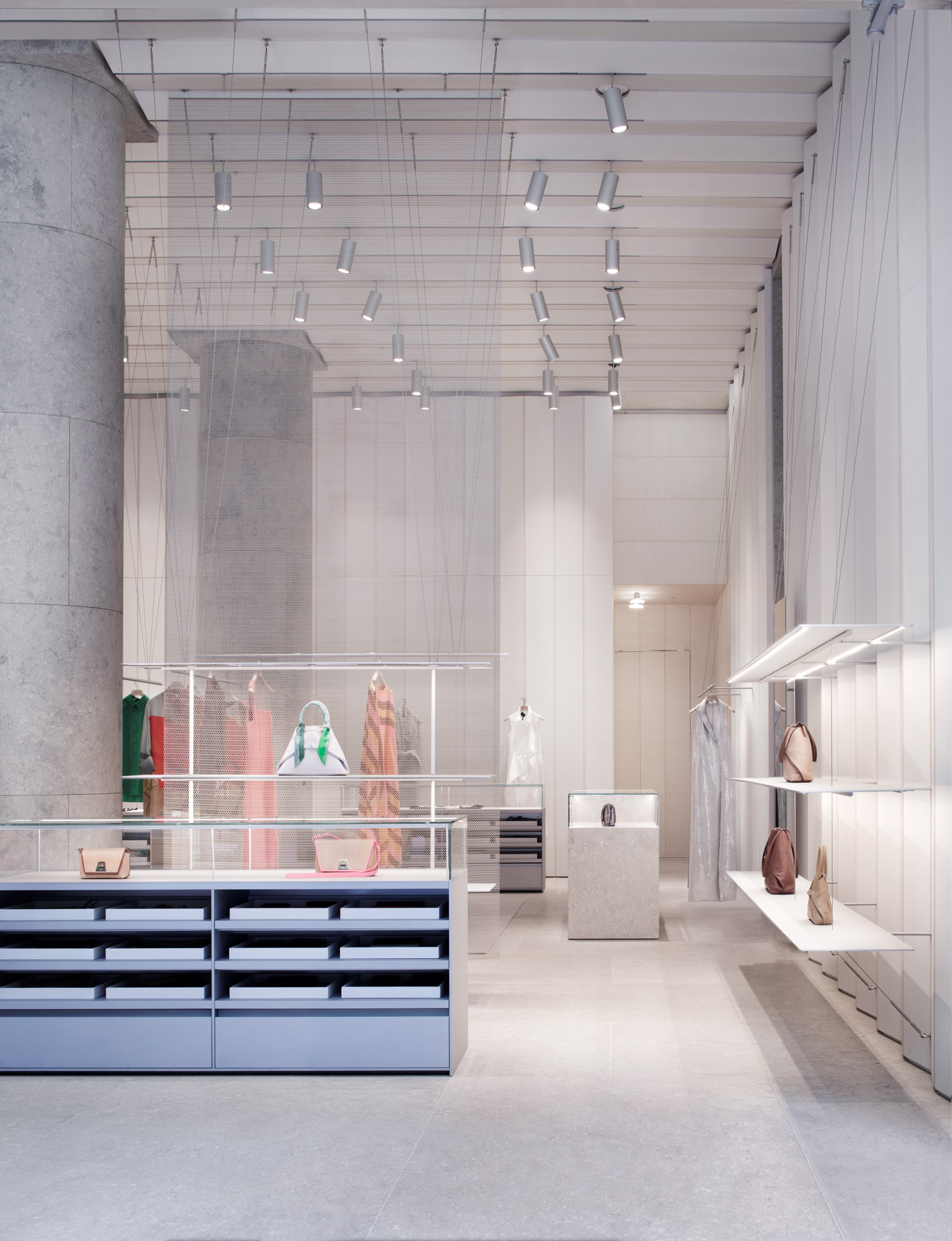
Grey limestone flooring and large columns form a muted backdrop to the suspended displays
The practice is known for its ability to work with a brand and translate it into architectural space in an extremely tailored way. Here, highly refined architecture meets a deep understanding of fashion identities and the ever-changing needs of the particular market, Zampieri explains: ‘Through the years, our approach and language changed according to the evolution of the brands and of the wider industry itself. Our clients are increasingly characterised by a richer research into craftsmanship, as well as a greater attention to the local sourcing of materials. In recent years, fashion houses have come to us to develop an extremely adaptive store concept that can respond to their need for repetition in various locations.’
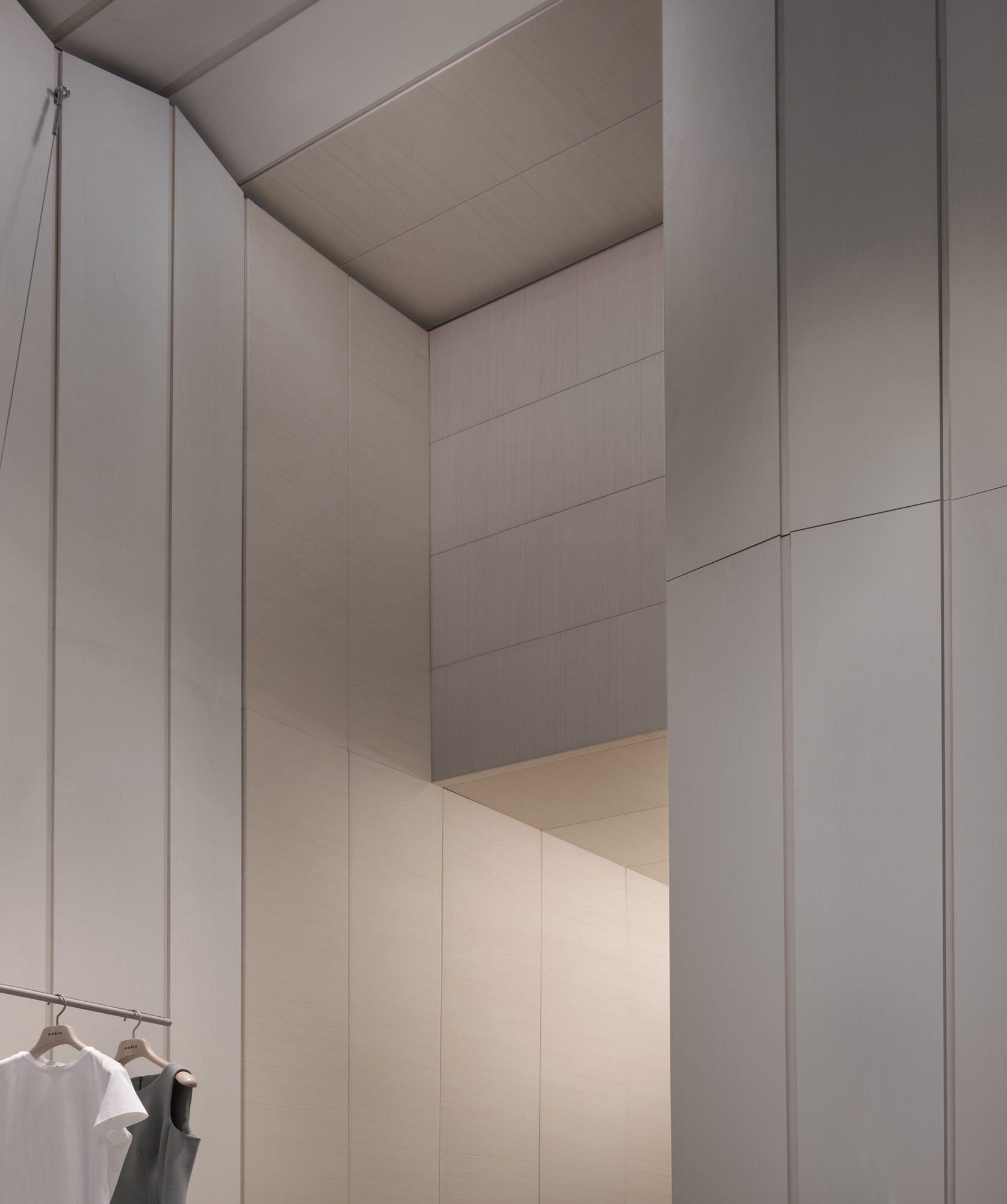
The walls are lined with painted maple panels arranged to look like fabric pleats
Launched to coincide with the fashion house’s centenary in 2022, a prototype of the new concept debuted in Washington DC in early May 2022, quickly followed by the Tokyo Ginza store the same month. Another, in Chicago, is currently in the works, due to open in the second half of 2023. The design draws on the pillars of the Swiss brand – materiality and craftsmanship. The architects found inspiration in Italian modernist artist Bruno Munari’s tensile structures, using the same technique as a device to craft space. The result is an interior that appears solid, but also delicate, almost floating, with white painted wood panelling serving as a background to a minimalist display system of taut steel cables and shelves. Akris’ signature material, ivory-coloured horsehair fabric, features in the fitting rooms.
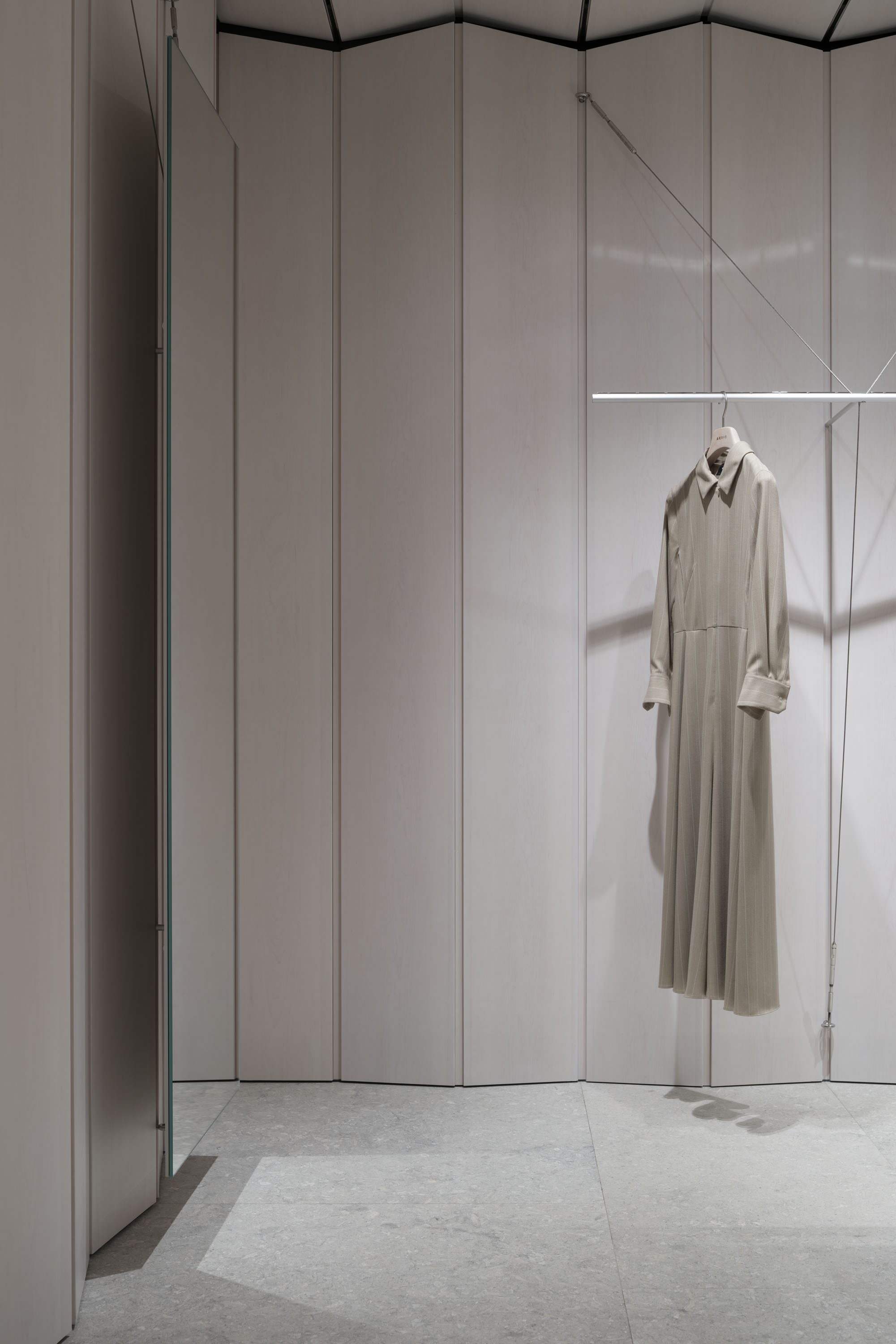
Minimalist view inside the Ginza store
Akris aims for timeless modernity, stresses Kriemler, who also counts Adolf Loos among his sources of architectural inspiration. The Austrian modernist also wrote fashion reviews, and Kriemler recalls how the architect once outlined that ‘a garment was modern when the person who wore it did not stand out’. This corresponds perfectly with Akris’ vision for collections that are selbstverständlich (natural, effortless and self-evident).

The new concept by David Chipperfield Architects certainly delivers on this approach – these spaces are a representation of the brand’s future. And what would the ideal Akris store say to its visitors? ‘That fashion is about the person first,’ says Kriemler. ‘That is why it is also important to us how women feel in our store. Our mission is to make a woman feel her best self through what she wears – determined and free so she can express her own personality and charisma. Fashion is a language, as we all know. But, first and foremost, it is a conversation between a woman, her body, and her clothes.’
Wallpaper* Newsletter
Receive our daily digest of inspiration, escapism and design stories from around the world direct to your inbox.
A version of this article appears in the March 2023 issue of Wallpaper*, available in print, on the Wallpaper* app on Apple iOS, and to subscribers of Apple News +. Subscribe to Wallpaper* today!
Ellie Stathaki is the Architecture & Environment Director at Wallpaper*. She trained as an architect at the Aristotle University of Thessaloniki in Greece and studied architectural history at the Bartlett in London. Now an established journalist, she has been a member of the Wallpaper* team since 2006, visiting buildings across the globe and interviewing leading architects such as Tadao Ando and Rem Koolhaas. Ellie has also taken part in judging panels, moderated events, curated shows and contributed in books, such as The Contemporary House (Thames & Hudson, 2018), Glenn Sestig Architecture Diary (2020) and House London (2022).
-
 Nikos Koulis brings a cool wearability to high jewellery
Nikos Koulis brings a cool wearability to high jewelleryNikos Koulis experiments with unusual diamond cuts and modern materials in a new collection, ‘Wish’
By Hannah Silver
-
 A Xingfa cement factory’s reimagining breathes new life into an abandoned industrial site
A Xingfa cement factory’s reimagining breathes new life into an abandoned industrial siteWe tour the Xingfa cement factory in China, where a redesign by landscape specialist SWA Group completely transforms an old industrial site into a lush park
By Daven Wu
-
 Put these emerging artists on your radar
Put these emerging artists on your radarThis crop of six new talents is poised to shake up the art world. Get to know them now
By Tianna Williams
-
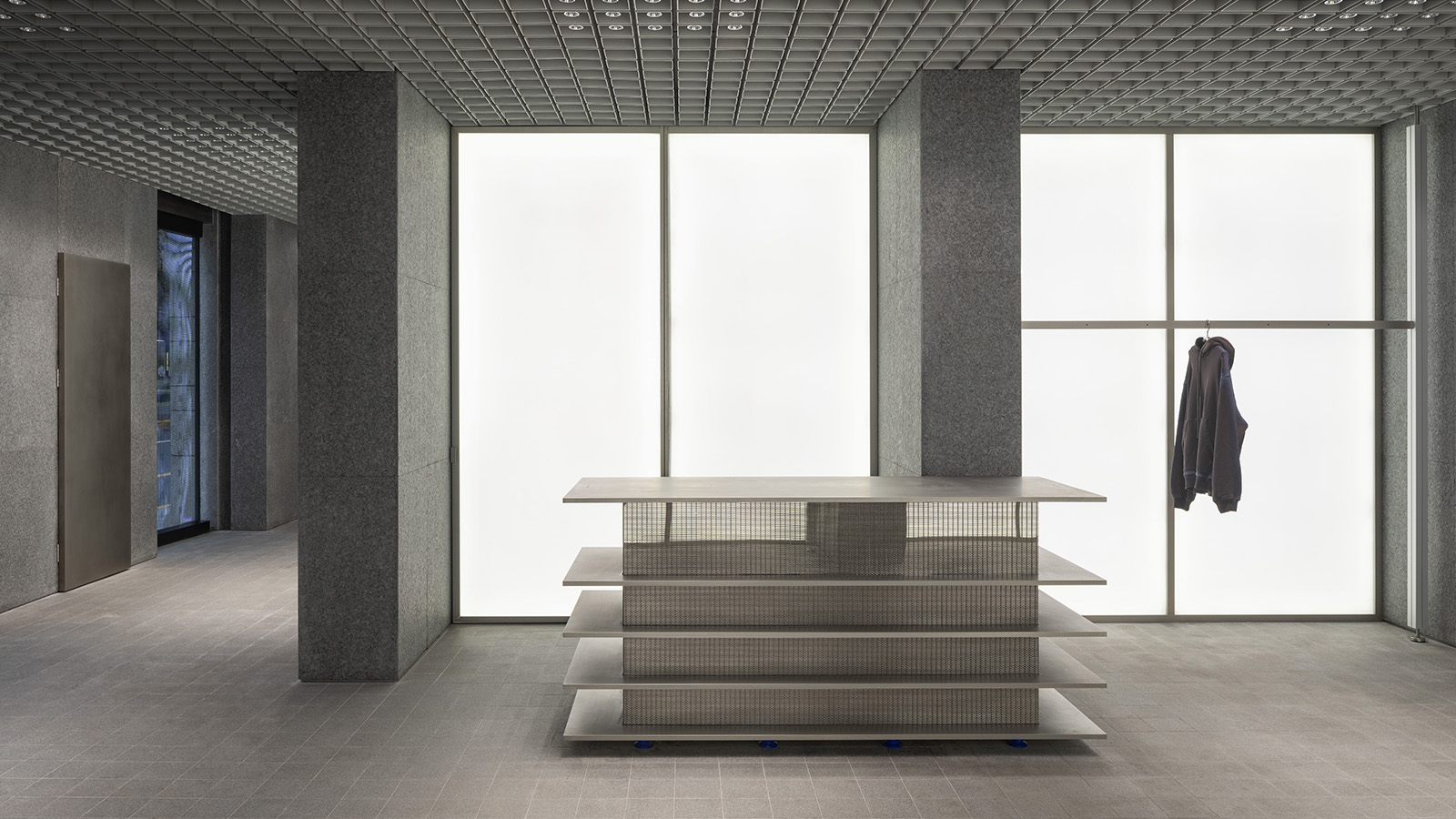 Raw, refined and dynamic: A-Cold-Wall*’s new Shanghai store is a fresh take on the industrial look
Raw, refined and dynamic: A-Cold-Wall*’s new Shanghai store is a fresh take on the industrial lookA-Cold-Wall* has a new flagship store in Shanghai, designed by architecture practice Hesselbrand to highlight positive spatial and material tensions
By Tianna Williams
-
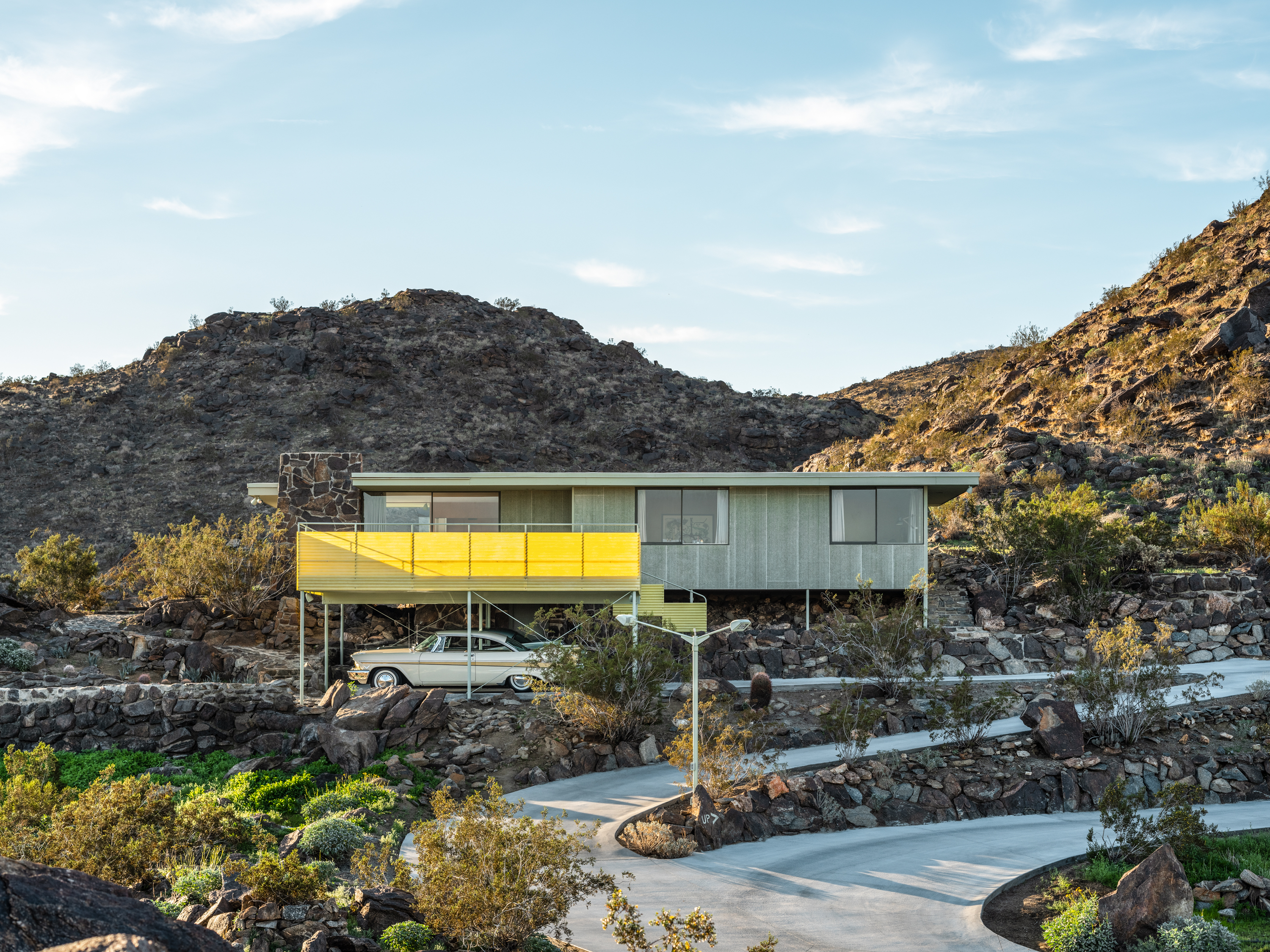 Modernist architecture: inspiration from across the globe
Modernist architecture: inspiration from across the globeModernist architecture has had a tremendous influence on today’s built environment, making these midcentury marvels some of the most closely studied 20th-century buildings; here, we explore the genre by continent
By Ellie Stathaki
-
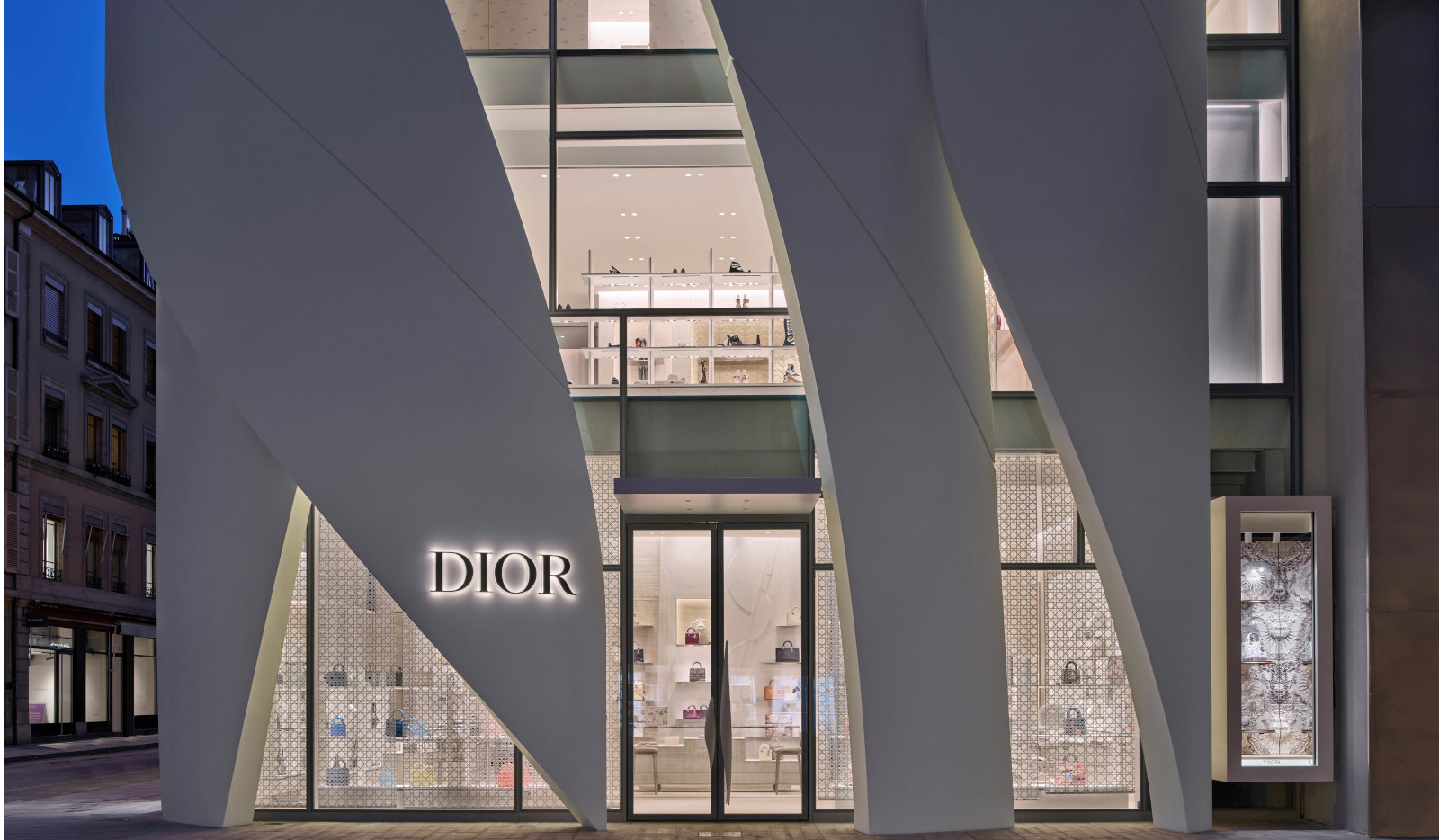 Christian de Portzamparc’s Dior Geneva flagship store dazzles and flows
Christian de Portzamparc’s Dior Geneva flagship store dazzles and flowsDior’s Geneva flagship by French architect Christian de Portzamparc has a brand new, wavy façade that references the fashion designer's original processes using curves, cuts and light
By Herbert Wright
-
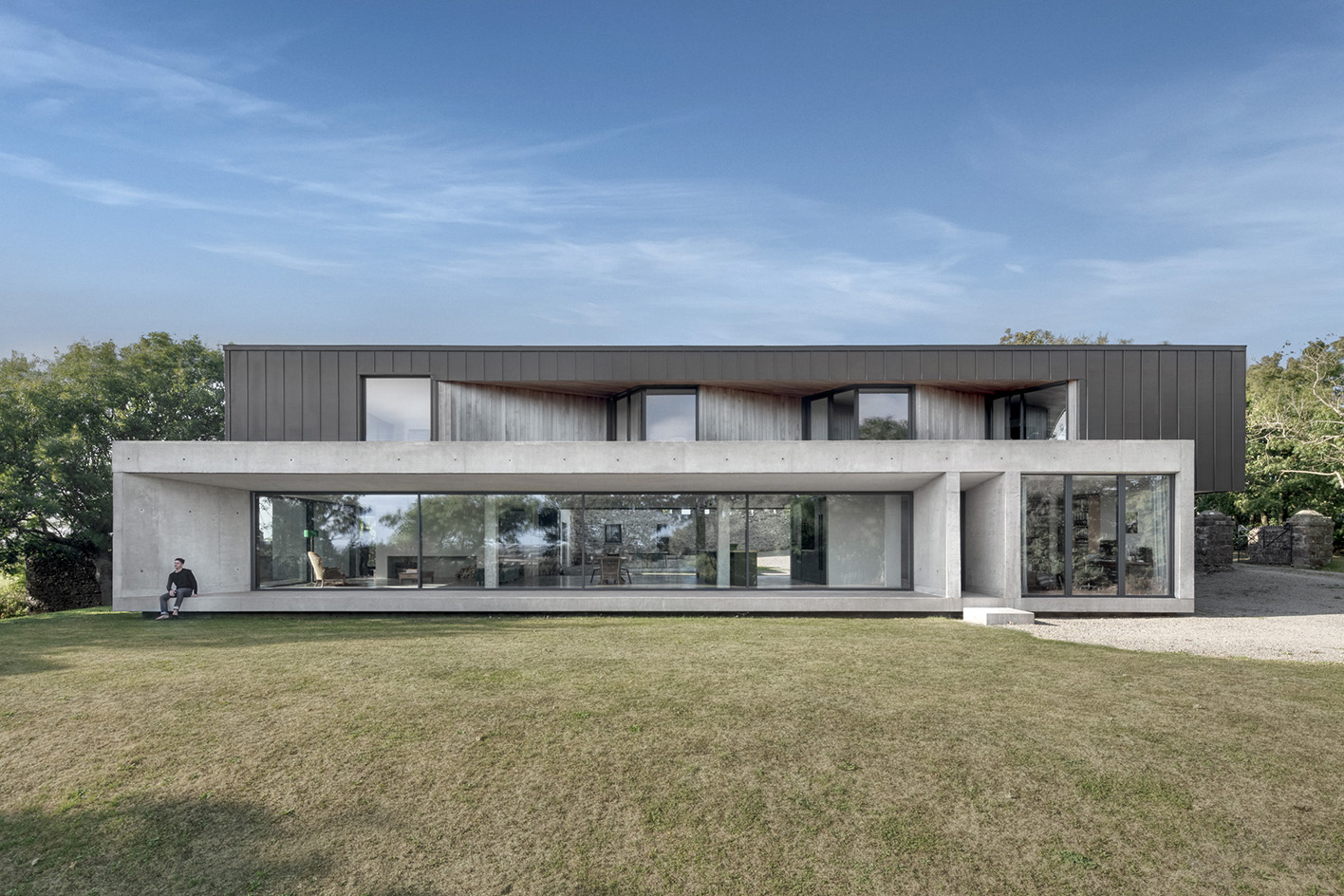 Minimalist architecture: homes that inspire calm
Minimalist architecture: homes that inspire calmThese examples of minimalist architecture place life in the foreground – clutter is demoted; joy promoted
By Ellie Stathaki
-
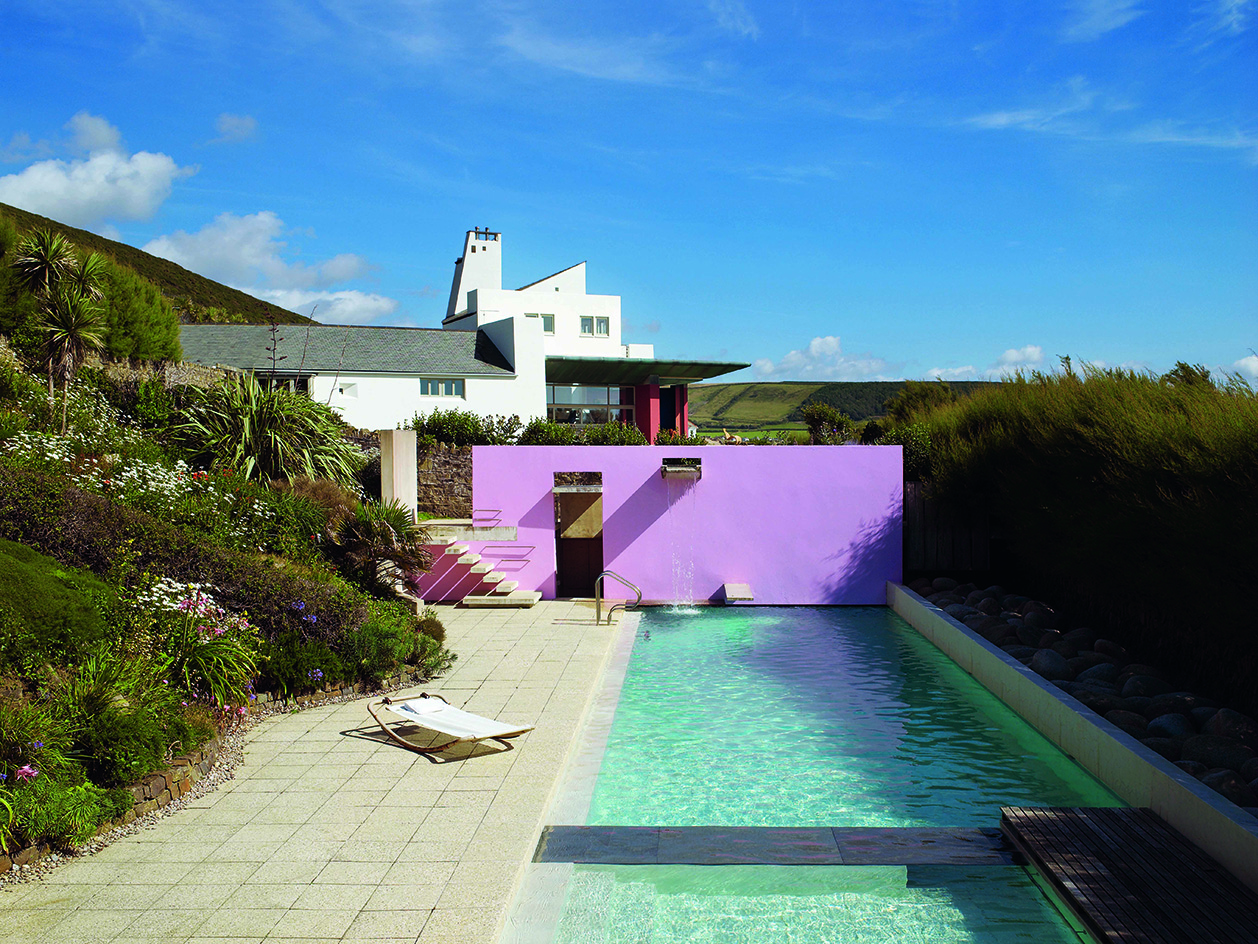 The iconic British house: key examples explored
The iconic British house: key examples exploredNew book ‘The Iconic British House’ by Dominic Bradbury explores the country’s best residential examples since 1900
By Ellie Stathaki
-
 Loyle Carner’s Reading Festival 2023 stage presents spatial storytelling at its finest
Loyle Carner’s Reading Festival 2023 stage presents spatial storytelling at its finestWe talk to Loyle Carner and The Unlimited Dreams Company (UDC) about the musical artist’s stage set design for Reading Festival 2023
By Teshome Douglas-Campbell
-
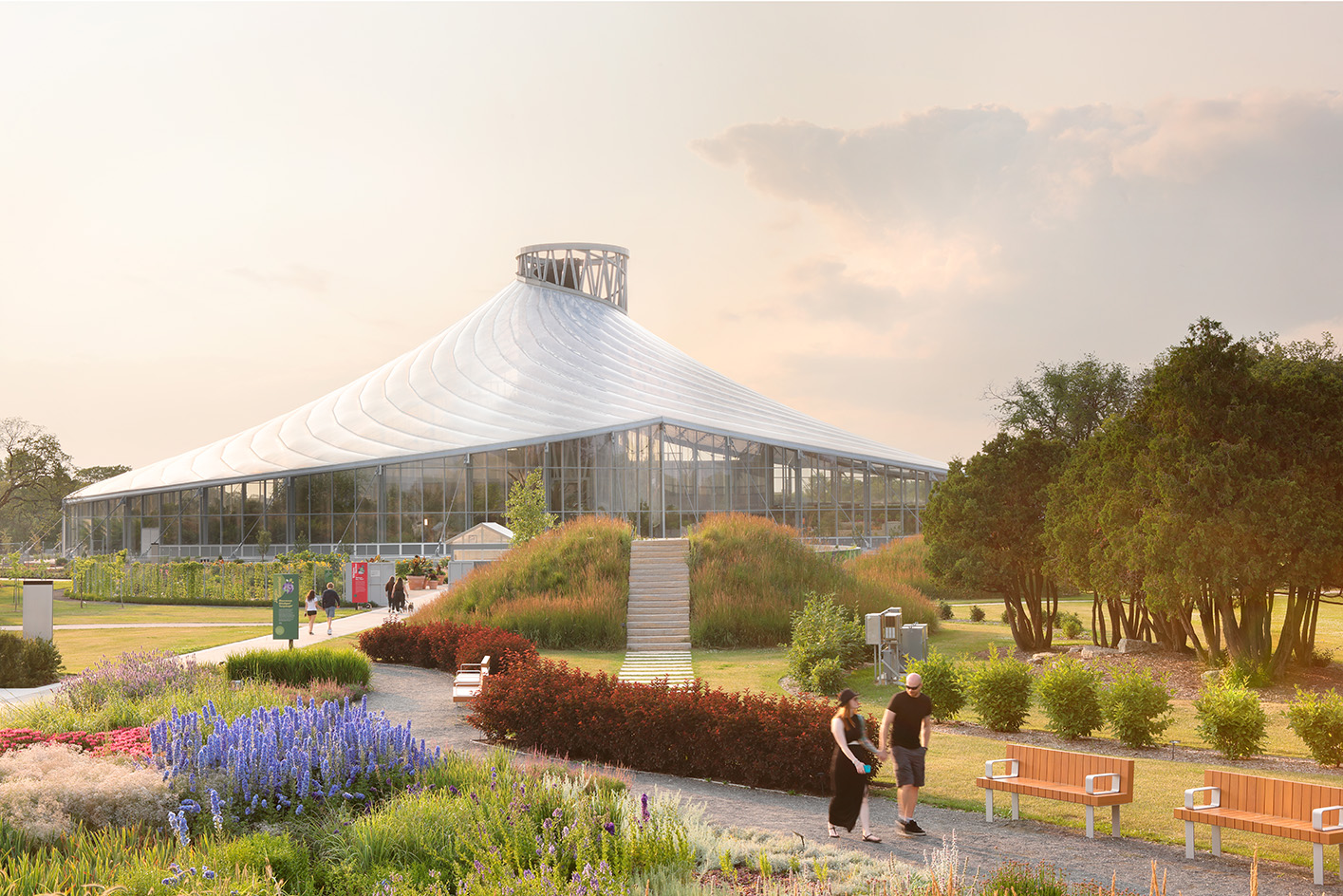 The Leaf is a feat of engineering and an ode to the Canadian Prairies
The Leaf is a feat of engineering and an ode to the Canadian PrairiesThe Leaf in Winnipeg, Canada, is the first interactive horticultural attraction of its kind: a garden and greenhouse complex promoting a better understanding of how people can connect with plants
By Adrian Madlener
-
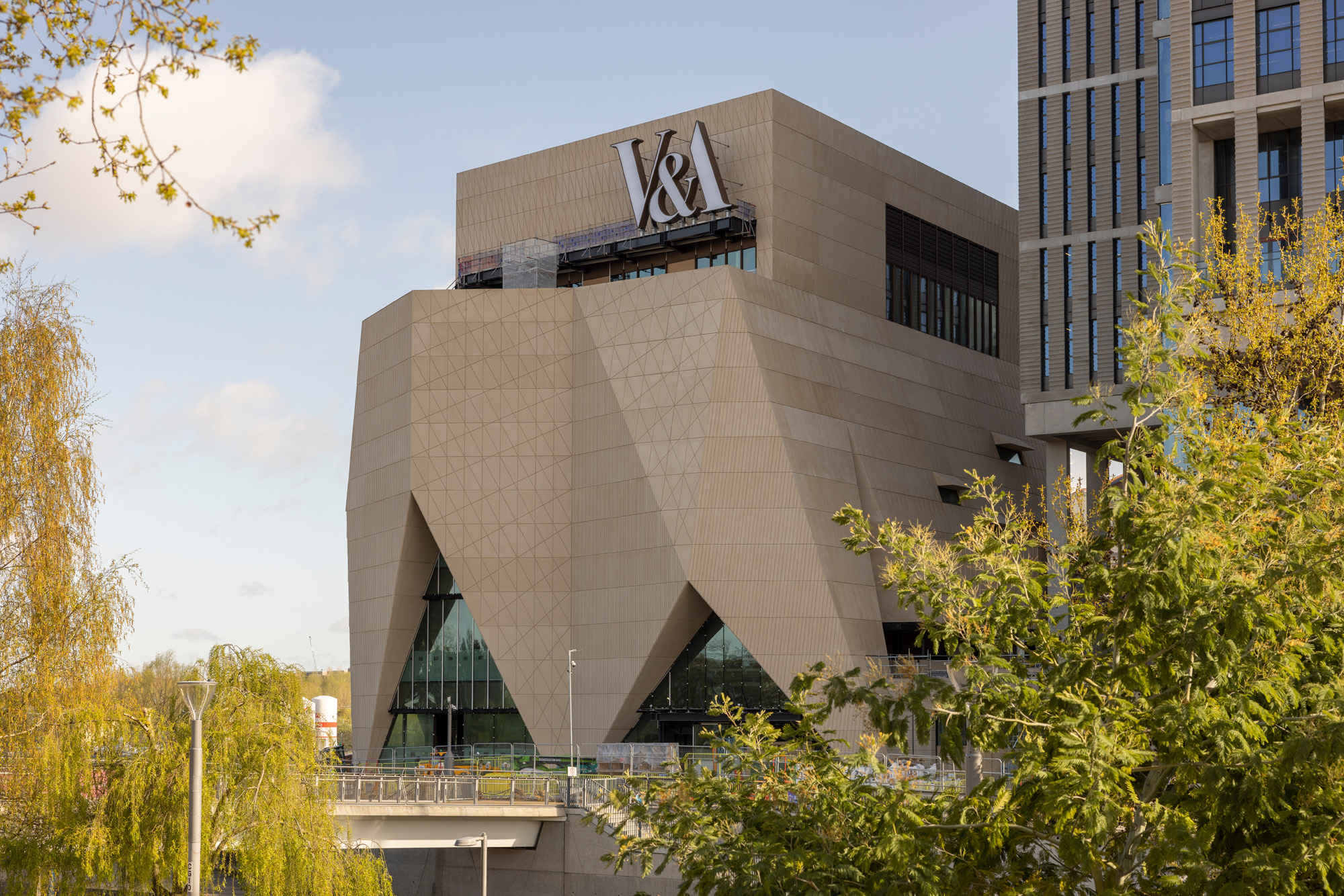 Behind the V&A East Museum’s pleated façade
Behind the V&A East Museum’s pleated façadeBehind the new V&A East Museum’s intricate façade is a space for the imagination to unfold
By Ellie Stathaki